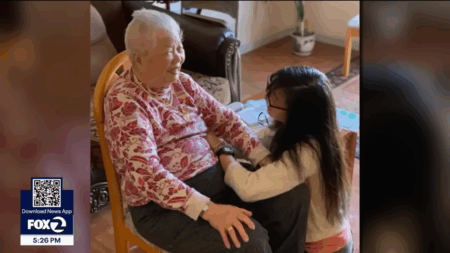Bought a bag or container of free change hanging round your own home? Possibly a a childhood assortment or a memento handed down from generations?
It could be value seeking to see if any of the cash are priceless or uncommon, since you might be sitting on a gold mine.
That is what Luz Quintero and her sister, Angela Malagiere, had been questioning about their assortment. At her dwelling in Moonachie, New Jersey, Quintero confirmed a few of the cash that would have worth: a number of buffalo head nickels, an Eisenhower silver greenback, and a minimum of one coin that dates again to 1887.
Whereas the cash might appear to be uncommon, Quintero stated she did not know the place to show for a dependable assessment of the cash’ worth.
One group to show to is the American Numismatic Affiliation, a non-profit group that’s been round since 1891. Though the group does not endorse any sellers, they do have a supplier listing on their web site.
Amongst these listed was Neil S. Berman, in Mount Kisco, New York. He shared what he regarded for in figuring out the worth of a coin.
“What is it made out of? Is it rare? What’s its condition? And what’s it’s desirability?” stated Berman. “The most common thing that you’ll find is silver coins. They stopped making silver coins for the most part in 1964.”
Berman checked out photographs of Quintero’s assortment, which incorporates quarters courting from 1908 to 1964 in coin collector books, a well-liked development within the Nineteen Fifties and 60s.
“They’d buy a book for a buck or two bucks and they’d try to get one coin for each date that was in the slot,” Berman stated. “There’s only a couple dates that are worth money…People have a hard time believing that a piece of currency made in 1899 is worth $5 or $10.”
For his or her guide of pennies, in addition to the buffalo Indian head nickels, half-dollar and greenback cash, Berman estimated the worth of the gathering at just below $300.









